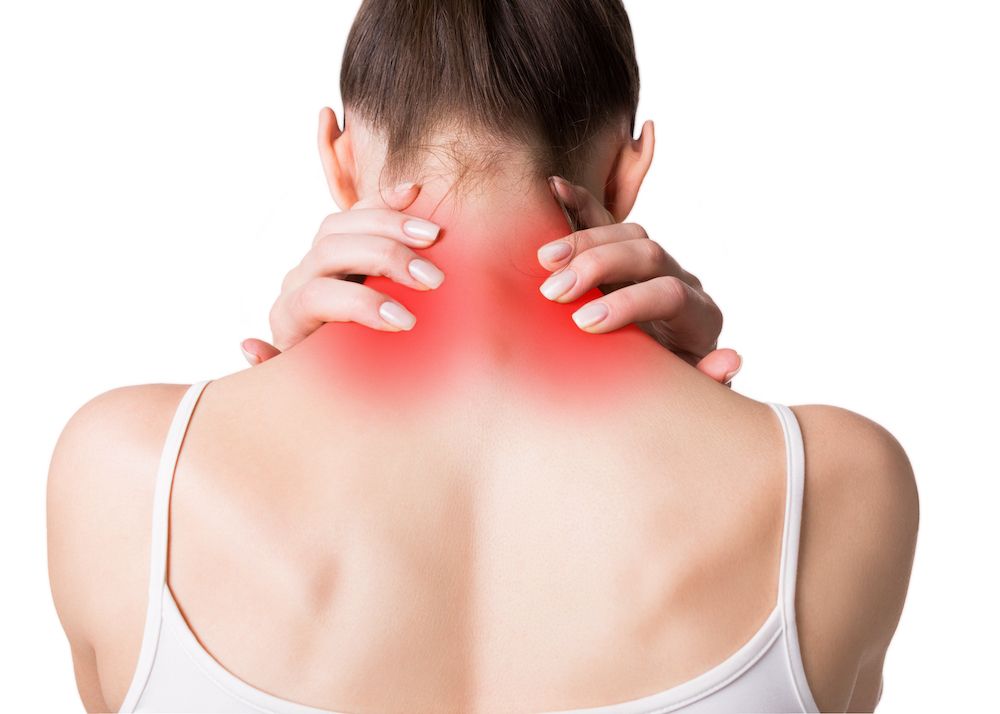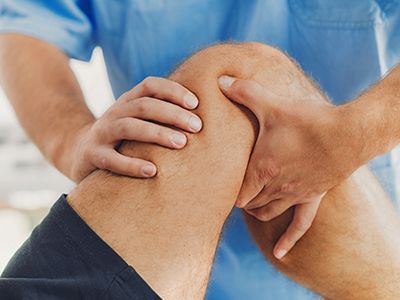
Light therapy involves the application of infrared or near-red light over affected areas of the body to promote healing. You may have heard it be called low-level laser therapy LLLT or, most recently, photobiomodulation. Special qualifications are not required to be a candidate for light therapy as it is simple, cost-effective, and efficient for acute and chronic pain.
How Does Light Therapy Work?
Light therapy uses low-level lasers to stimulate a process known as photobiomodulation in cells. The photons from the laser penetrate cells and interact with the mitochondria, specifically the cytochrome c complex. This interaction causes several events in the cell, which increase metabolism. This increase accelerates the healing process or decreases the pain.
Light therapy utilizes non-ionizing light from LEDs, broadband light, and lasers. The wavelengths of light it employs range from the visible 400-700 nm to the near IR (near-infrared) 700-1,100 nm. It does not produce heat and elicits non-linear, linear, and photochemical events on different biological scales.
What Happens During the Light Therapy Process?
Stimulation of Cytochrome C
Stimulation of cytochrome c in the mitochondria is the main target of light therapy. It is a critical component in the metabolism of cells all over the body.
Increase in Energy
When the cytochrome c component absorbs the light, it stimulates energy production in the form of ATP. When tissues are injured, the production of ATP is usually impaired, which, in turn, slows down metabolism. Light therapy restores the oxidative processes in the cell for normal cellular function.
Increases ROS and NO Activity
Other than increasing ATP, light therapy also helps regulate reactive oxygen species or ROS. It also produces nitric oxide, NO, a potent vasodilator. ROS affects many signaling pathways in cells and tissues, including inflammatory responses. NO is an essential signaling molecule in cells and a potent vasodilator.
Together, the two components work to reduce inflammation. They can achieve this because they provide a suitable environment for faster signaling in the damaged tissues.
Restores Cellular Balance
Light therapy stimulates cellular action and function, which prevents cell death. This quickens the tissue repair process as well as reduces edema and inflammation.
What Kinds of Pain Does Light Therapy Treat?
Light therapy can be used on any part of the body experiencing acute or chronic pain. Doctors can use it to treat:
Acute Pain
Dental procedures
Post-surgical pain
Strains
Sprains
Whiplash
Lumbar or Cervical Radiculopathy
Muscular back pain
Tendinitis
Chronic Pain
Carpal tunnel syndrome
Diabetic neuropathy
Fibromyalgia
Migraines
Osteoarthritis
Shingles pain
Tendinopathy
Back pain
Golfers or tennis elbow
Frozen shoulder
Neck pain
Plantar fasciitis
Rheumatoid arthritis
For more on how light therapy relieves pain, visit South Bay Wellness Center & Chiropractic at our office in San Jose, California. Call (408) 642-6060 to schedule an appointment today.



